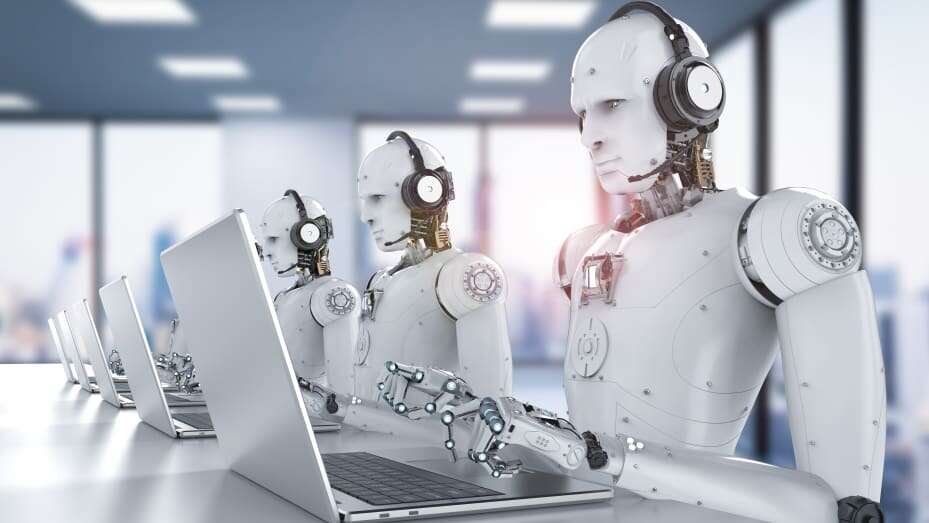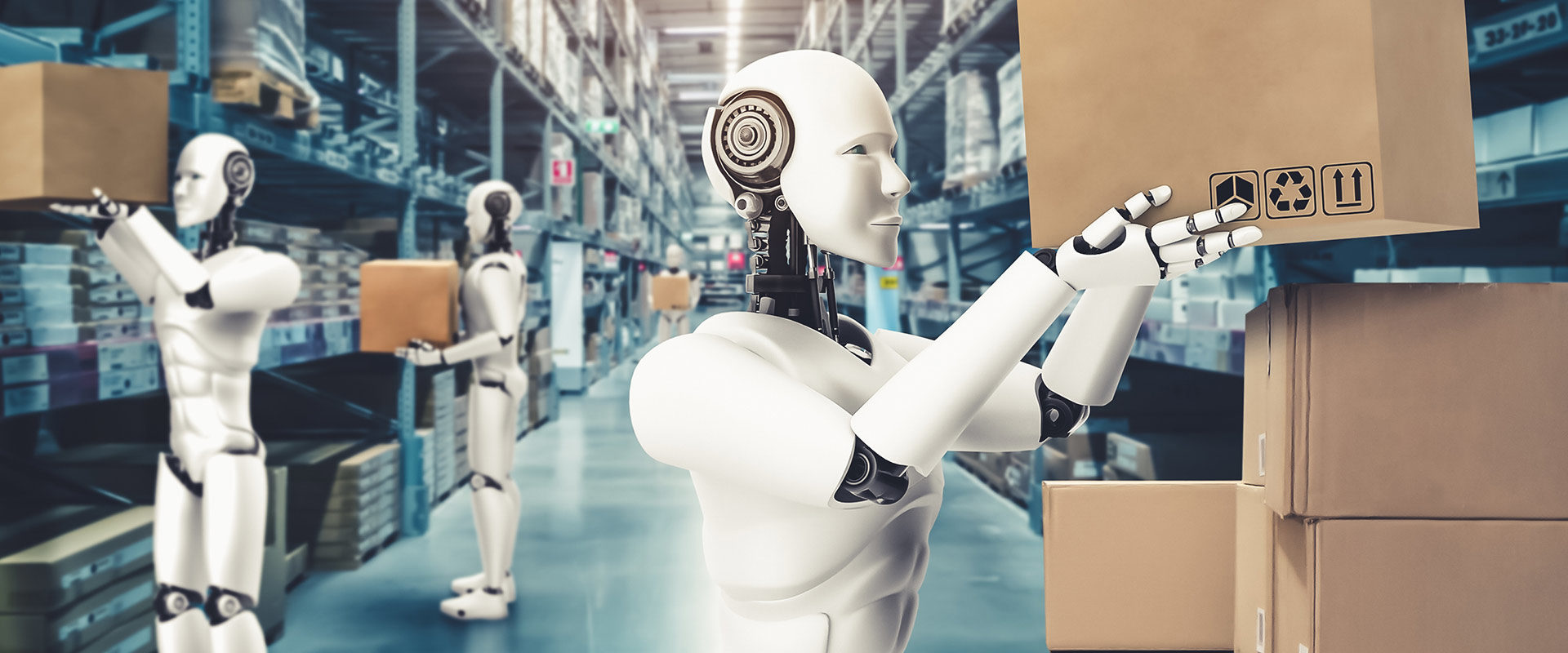Guides
21st Century Benefits Of Robots and Its Societal Effects

Robots have become an integral part of the 21st-century world, bringing numerous benefits and causing significant changes in society. These technological marvels are revolutionizing various industries and improving our lives in numerous ways.
This automaton has become an integral part of our rapidly advancing world, transforming industries and revolutionizing the way we live and work. With their ability to perform tasks autonomously and efficiently, these mechanical marvels offer numerous advantages and disadvantages.
In this article, RNN will explore some key points highlighting the pros and cons of robots.
Advantages Of Robots
1. Enhanced productivity: This automaton can work tirelessly without fatigue, resulting in increased productivity and output.
2. Precision and accuracy: Robots are programmed to perform tasks with exceptional precision, minimizing errors and enhancing quality.
3. Improved safety: They excel in hazardous environments, eliminating the risk to human lives in dangerous conditions.
4. Increased speed: Robots can perform tasks at incredible speeds, enabling faster production cycles and shorter lead times.
5. High endurance: Robots can operate continuously for extended periods, ensuring uninterrupted workflow.
6. Versatility: Robots can be programmed to perform a wide range of tasks across various industries, making them adaptable and flexible.
7. Consistent performance: They deliver consistent results, maintaining a high level of performance over time.
8. Heavy lifting capabilities: This automaton can handle heavy loads effortlessly, reducing the physical strain on workers.
9. Work In Hazardous Environments: Robots don’t have the same environmental requirements that humans do – such as lighting, air conditioning, or noise protection
10. Cost Effectiveness: There will be no lunch breaks, holidays, sick leave, or shift time allocated for robotic automation. It can be set to work on a cycle, and as long as it is maintained, it will continue to do so until programmed otherwise.

READ ALSO: 20 Jobs That Can Not Be Replaced by Robots
Disadvantages of Robots
1. Initial cost: Acquiring and setting up robots can be expensive, requiring significant upfront investments.
2. Job displacement: As robots automate tasks, there is a concern about potential job losses and unemployment.
3. Maintenance and repair: Robots require regular maintenance and occasional repairs, incurring additional costs.
4. Vulnerability to hacking: This Automator connected to networks can be vulnerable to cyberattacks, compromising security.
5. Complexity: Operating and programming robots can be complex, requiring skilled technicians and specialists.
6. Limited creativity: Robots struggle with tasks that require creative thinking, innovation, and improvisation.
7. Dependence on power: This automaton relies on a continuous power supply, and power outages can disrupt its operation.
8. Reduced human interaction: Increased reliance on robots may lead to decreased human interaction and social isolation.
9. Robots can only do what they are told to do
10. Unemployment: The rise of this automation in various industries may lead to higher unemployment rates among human workers.
In conclusion, robots have become indispensable in the 21st century, bringing numerous benefits across various industries and sectors. Their precision, efficiency, and tireless work ethic contribute to increased productivity and economic growth. Moreover, they aid in scientific research, revolutionize healthcare, and push the boundaries of human achievement. However, as their presence continues to grow, it is essential to address societal implications and ensure responsible implementation to maximize the advantages while minimizing potential drawbacks.
